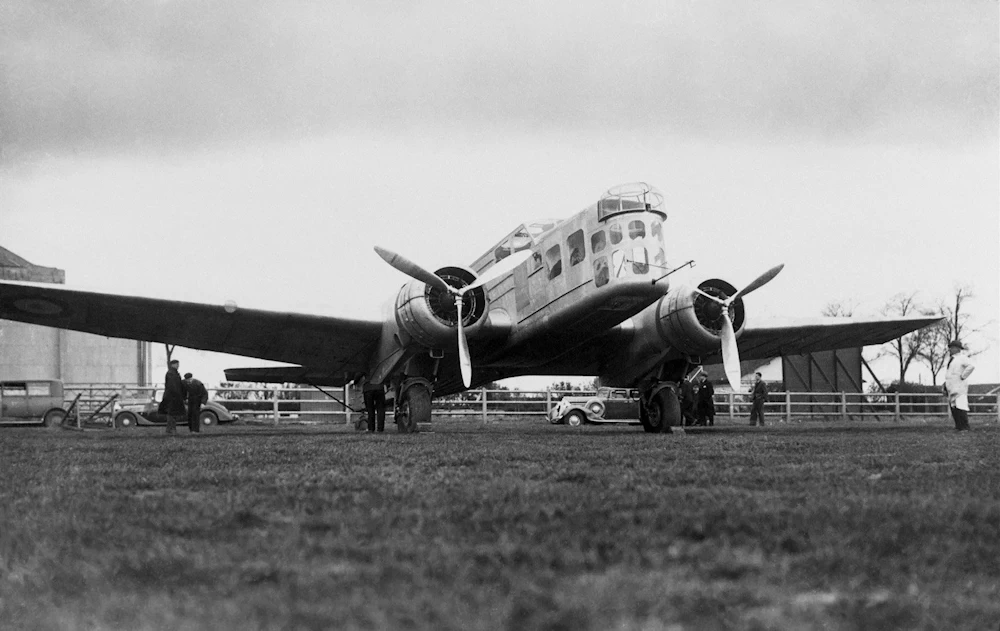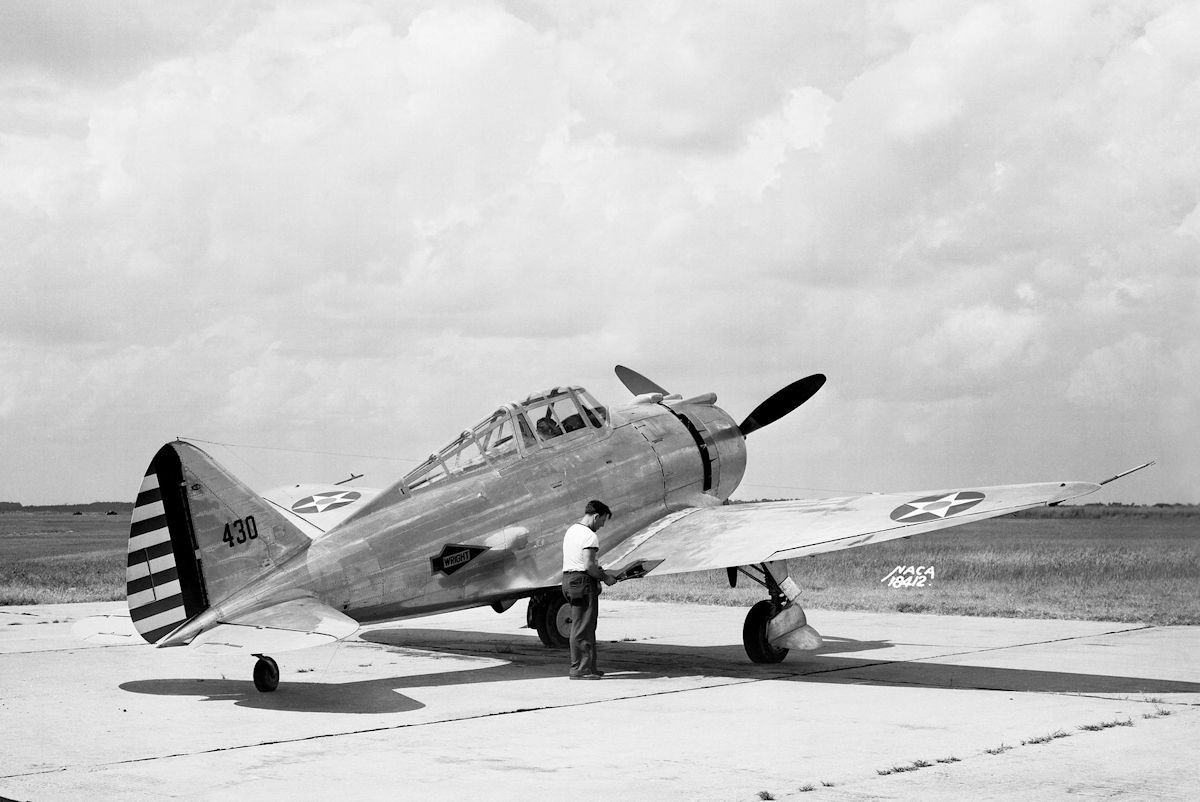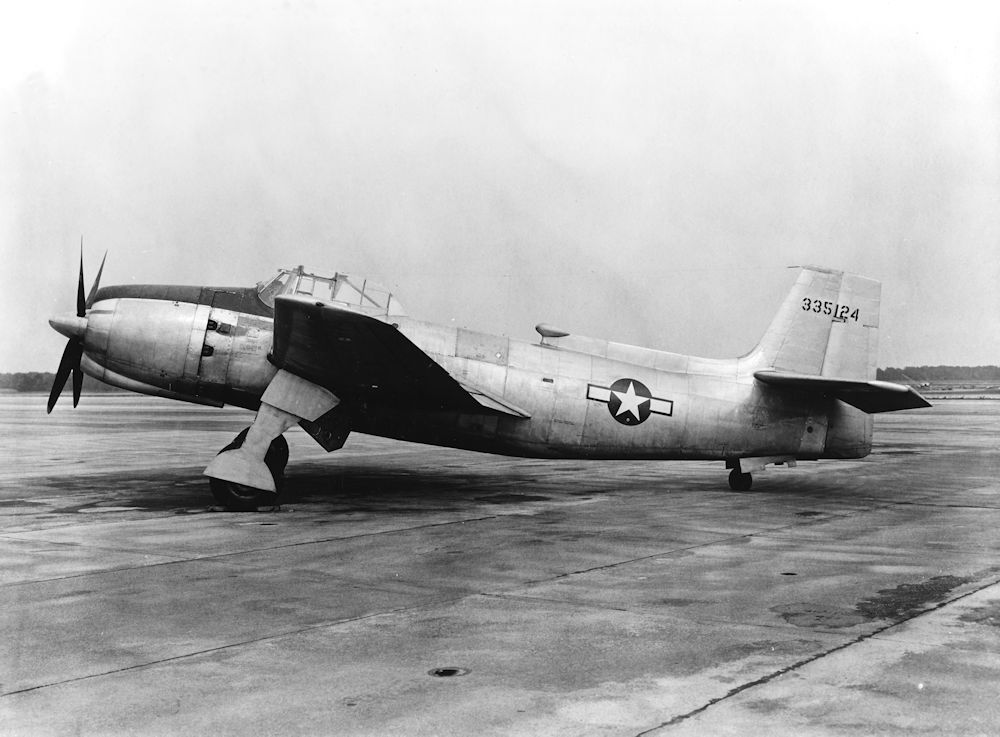Category: Aviation
Aviation aircraft aeroplane airplane helicopter balloon
-
Bloch MB.130 Reconnaissance Aircraft

Bloch MB.130 Reconnaissance Aircraft The Bloch MB.130 was designed in response to a French Air Staff requirement for a fast multi-seat BCR (bomber, combat, reconnaissance) aircraft. First flying on 8 June 1934 at Villacoublay It was designated the MB.130 A. It was powered by two 760hp Gnome-Rhône 14 Kdrs engines and fitted with a fixed,… Read more
-
Seversky XP-41

Seversky XP-41 Developed for the United States Army Air Corps (USAAC), the Seversky XP-41 was a single-seat fighter aircraft. The last production Seversky P-35 was modified by adding a new streamlined canopy, a Pratt & Whitney R-1830-19 engine with a two-speed supercharger, and revised landing gear. First flying in March 1939 it was developed in… Read more
-
Vultee XA-41 Dive Bomber

Vultee XA-41 Originally designed as a dive-bomber, the role of the Vultee XA-41 was changed to a low level attack aircraft when the USAAF decided that dive bombers were too vulnerable. Changing priorities and the coming end of the Second World War saw the order for two prototypes changed to just one. The only prototype… Read more